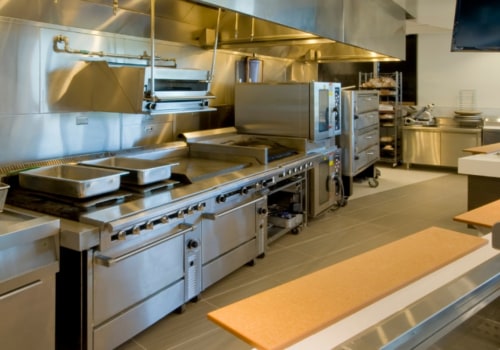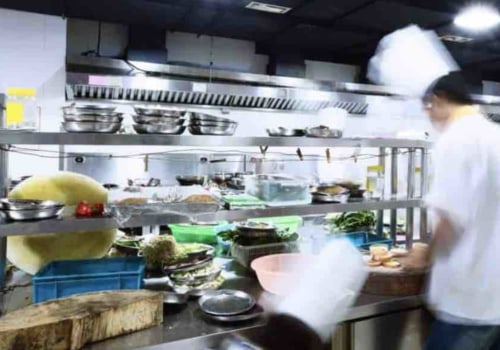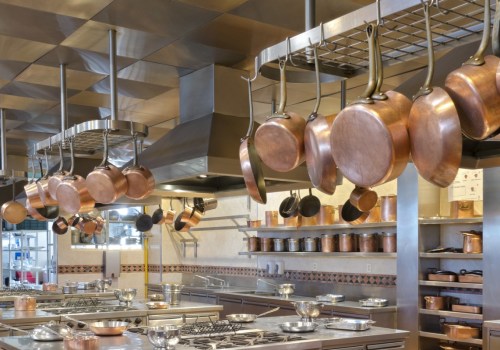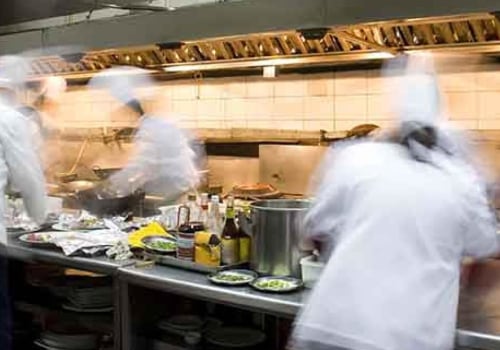The kitchens themselves don't have a storefront and the staff prepares dishes from their menus that are only available for home delivery. Think of it as a virtual restaurant that works like a digital store, with some members of the company's staff working on online order fulfillment. Ghost kitchens are essentially restaurants with no space to eat. Its purpose is to sell and fulfill orders for food online for delivery using third-party applications such as Grubhub, UberEats and DoorDash, or with its own delivery operation.
As a result, they usually don't have a visible showcase. Ghost kitchens are food preparation operations without waiters, dining room or parking; in reality, without any public presence. With a ghost kitchen, you rent from an owner in facilities such as Kitchens United or Cloud Kitchens, which are usually found in densely populated areas. From there, you include your brand in an application like UberEats or DoorDash and (hopefully) you start getting customers.
You then ship the orders from the rented kitchen space. If you decide to launch a ghost kitchen for your current restaurant business, these tips will help you set up and manage your new business venture. If you're like Eric Greenspan, Cassia or Canter's, ghost kitchens could be a great way to expand your brand. In addition, a ghost kitchen offers the opportunity to attract a wider audience, both by geography and volume.
And in apps like Grubhub and DoorDash, listings of restaurants that operate with ghost kitchens don't usually look different from traditional establishments. The ghost kitchen streamlines your workflows, since your total focus is on preparing and packing meals for delivery. If you don't have experience in the food industry, ghost kitchens may seem like a great way to test your food concepts. As with scheduling a physical branch, you'll need to schedule Ghost Kitchen employees well in advance, create a process and deadline for accepting scheduling requests from employees, and try to give your employees two consecutive days off a week.
Include a portion of the shipping costs in food prices to ensure that your ghost kitchen makes a profit. Also called virtual kitchens, in the cloud, delivery-only, in the shade and dark, ghost kitchens are a relatively new concept that emerged in the last two years. The ghost kitchen offers a variety of products related to popular brands (such as T-BONES chicken pie), as well as some takeaway dinner options that just need to be reheated. While the high fees charged by major delivery services could be mitigated or included in the price, food delivery companies that work in ghost kitchens could find a way to make a living.
We recommend trying to understand what other brands are doing or finding a good consultant (such as Greenspan) who has experience with virtual brands and ghost kitchens. In its first month of operation, the ghost kitchen has been successful, according to the executive director of Great NH Restaurants, Tom Boucher. Even national chains such as Chili's and Applebee's used ghost kitchens to maintain cash flow and try new menu dishes with different brands in case the ideas failed.







